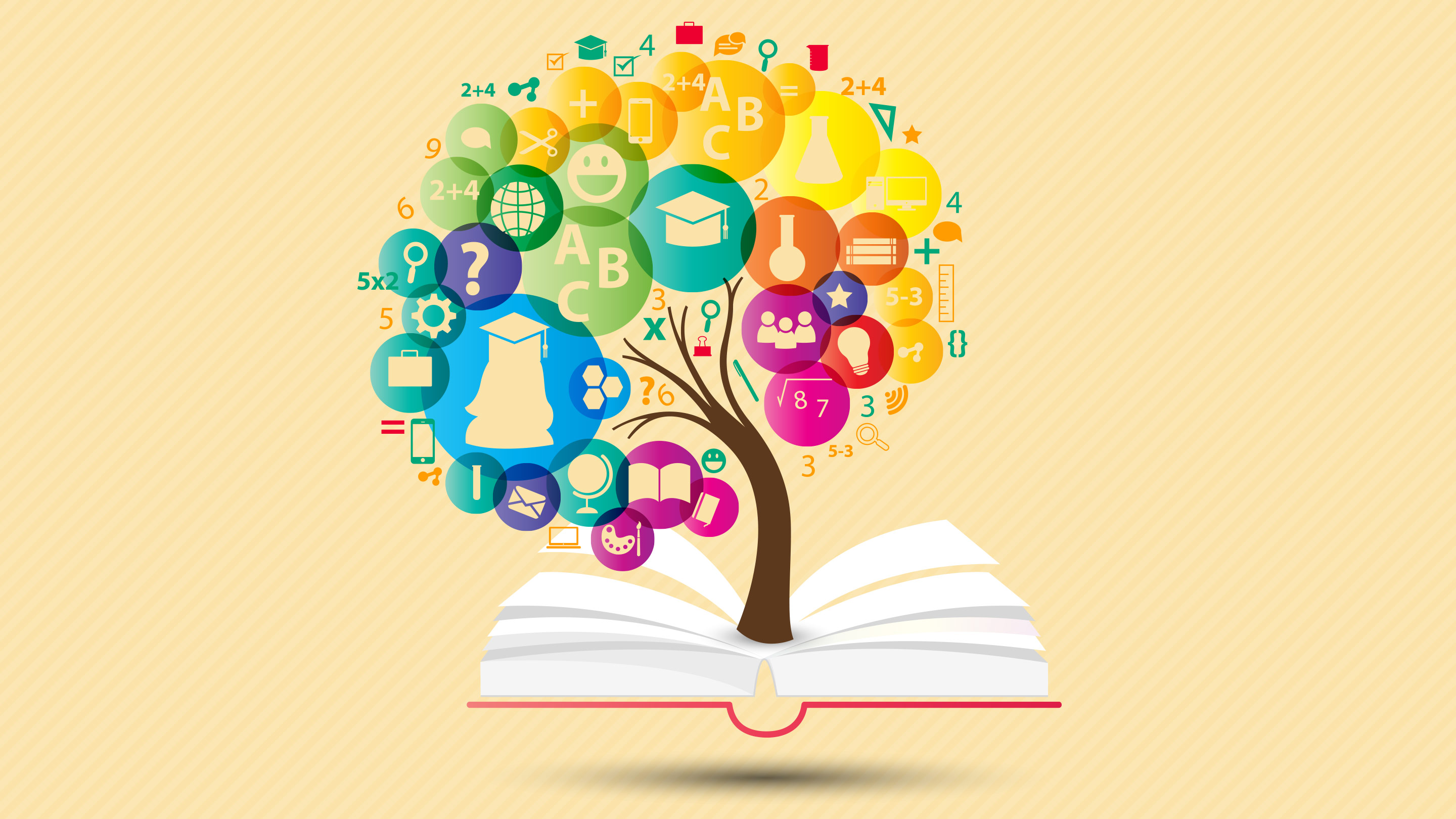Table of Contents
ToggleIntroduction
The Role Of Storytelling In Modern Education One of the oldest and most powerful human traditions, storytelling is ingrained in communication, culture, and individual expression. Stories have been used for thousands of years to transmit experiences, values, and knowledge from one generation to the next.
From prehistoric oral traditions to contemporary digital media, storytelling is a vital tool for education and interpersonal communication. The function of narrative may seem antiquated in the current educational environment, where digital resources, technology, and standardized testing frequently take center stage. However, the value of storytelling is being rediscovered in our information-driven, fast-paced age.
Storytelling is a crucial cognitive and emotional learning technique in education, and it serves as much more than just a means of amusement or engagement. As teachers work to help their children develop critical thinking, creativity, empathy, and retention, storytelling provides a special and adaptable way to accomplish these goals.
It assists in creating a relatable story for kids, which makes difficult topics simpler to understand and complicated concepts more approachable. Additionally, narrative engages the emotional side of learning by allowing the information to speak to the individual, which improves understanding and retention.
1. Cognitive Benefits of Storytelling in Education
Storytelling is inherently engaging. It grabs attention and stimulates the imagination, which are key drivers of cognitive processing. When information is presented in the form of a story, the brain is more likely to retain the information, as stories are structured in ways that make them easier to follow and recall.
Cognitive science has long shown that people are better at remembering information when it is embedded in a narrative rather than in isolated facts or abstract concepts. Stories provide context, which helps the brain create meaningful associations.
Read more
For instance, in teaching history, instead of simply memorizing dates, events, and names, students are encouraged to engage with the narrative of historical figures, places, and significant occurrences. Learning about World War II through the experiences of individuals—soldiers, civilians, resistance fighters—gives students a much more vivid and memorable understanding of the conflict. This approach not only enhances memory but also deepens students’ understanding of the emotional and personal aspects of history.
Similarly, complex scientific concepts are often more easily understood when explained through storytelling. In subjects like biology or physics, storytelling can be used to illustrate the development of scientific theories, the discovery of important scientific phenomena, or the life stories of famous scientists. By framing these concepts within a narrative structure, students find themselves more emotionally and intellectually invested in the material.

2. Enhancing Creativity and Problem-Solving Skills
Another significant benefit of storytelling is its ability to encourage creativity and foster problem-solving skills. When students engage with stories, they learn to think creatively by following characters who encounter and overcome challenges. This process of problem-solving, often illustrated through the characters’ struggles and triumphs, can inspire students to apply similar critical thinking strategies in their own lives.
Consider how the narrative arcs of fairy tales or fables introduce moral dilemmas and challenges that the protagonists must navigate. In a story like Cinderella, students learn not only about kindness, perseverance, and justice but also how to approach challenges and solutions with creativity. In modern education, this creative process can be adapted to encourage students to think about real-world issues.
Teachers can use storytelling to create problem-solving scenarios in subjects like mathematics, engineering, and social sciences. For instance, a math teacher might design a problem-solving lesson in the form of a mystery story, where students must use mathematical concepts to solve clues and “uncover the answer.” This method encourages students to think outside the box, consider different approaches, and make connections between abstract mathematical principles and real-world situations.
The Role Of Storytelling In Modern Education In addition, storytelling allows students to explore “what-if” scenarios, enabling them to imagine the consequences of decisions, understand cause and effect, and experiment with different solutions—all essential aspects of creative problem-solving.
3. Emotional Engagement and Empathy Development
One of the most powerful aspects of storytelling in education is its ability to engage students emotionally. Learning is not just a cognitive process—it is deeply connected to emotions. Research has consistently shown that emotions play a critical role in memory and decision-making. When students connect emotionally with the material, they are more likely to engage deeply, retain information, and apply it meaningfully.
The Role Of Storytelling In Modern Education Through storytelling, students are given the opportunity to live vicariously through the experiences of the characters in a narrative. This emotional engagement fosters empathy, as students gain insight into the lives, struggles, and triumphs of others.
For example, literature lessons where students read books such as To Kill a Mockingbird or The Diary of Anne Frank invite them to understand historical events through the eyes of characters who lived through them. The emotional connection students form with the characters prompts them to think critically about issues like prejudice, injustice, and human rights.
This empathy is crucial not only in the development of well-rounded individuals but also in preparing students to engage with the world in a socially responsible and compassionate way. By exploring diverse perspectives through stories, students learn to approach others with greater understanding, challenge stereotypes, and make informed decisions about social issues.
Moreover, in subjects like ethics or psychology, storytelling can be used to explore moral dilemmas, encouraging students to reflect on their own values and how they might react in similar situations. This helps develop not only emotional intelligence but also ethical reasoning.
4. Storytelling as a Tool for Social Learning and Collaboration
The Role Of Storytelling In Modern Education In modern classrooms, storytelling is often used to promote social learning and collaboration. Collaborative storytelling exercises, where students contribute to a shared narrative, encourage teamwork, communication, and collective problem-solving.
This form of social learning fosters not just cognitive skills but also social and interpersonal abilities, as students learn to listen, respect different viewpoints, and work together toward a common goal.
Storytelling also helps create a more inclusive classroom environment. When students share their personal stories or cultural narratives, they have the opportunity to share their unique perspectives, enriching the learning experience for everyone. This fosters a sense of belonging and respect for diversity, encouraging open dialogue and a deeper understanding of global cultures.
In group storytelling exercises, students can develop a sense of shared purpose, pooling their knowledge, creativity, and problem-solving skills to create a collective narrative. Whether through oral storytelling, digital media projects, or group writing exercises, collaborative storytelling promotes communication, critical listening, and negotiation skills, all of which are valuable in both academic and real-world settings.
5. Digital Storytelling and Technology in Modern Education
The Role Of Storytelling In Modern Education In today’s digital age, storytelling is no longer confined to traditional formats like books or oral presentations. Technology has dramatically expanded the possibilities for how stories can be created, shared, and experienced. Digital storytelling, which combines multimedia elements like text, images, audio, and video, allows students to engage with stories in dynamic and interactive ways.
For instance, students can create their own digital stories using software like Adobe Spark or iMovie, incorporating elements like sound effects, animations, and video clips. These digital stories can serve as projects for literature, history, or even science lessons, where students present their understanding of the material through multimedia. By creating their own stories, students not only gain a deeper understanding of the subject matter but also develop valuable technical skills, including video editing, graphic design, and digital communication.
Additionally, the use of virtual reality (VR) and augmented reality (AR) in storytelling is rapidly gaining traction in education. With VR, students can be immersed in historical events or literary worlds, experiencing them firsthand.
For example, a history lesson on ancient Rome could involve a virtual field trip to the Colosseum, while a science class could allow students to explore the inside of a cell through an interactive VR experience. These technologies offer a unique and highly engaging way for students to experience stories and deepen their understanding of complex concepts.
6. Storytelling for Memory Retention and Engagement
One of the most significant benefits of storytelling is its power to improve memory retention. Studies show that people remember information more easily when it is presented as part of a narrative. This is because stories structure information in a way that makes it easier to encode and retrieve. By framing lessons in the context of a story, educators can ensure that key concepts are more memorable.
Read more
The Role Of Storytelling In Modern Education For example, in language arts classes, storytelling can be used to teach vocabulary, grammar, or literary devices by embedding these elements within a narrative. In science, storytelling can explain a scientific phenomenon through the narrative of a “discovery story,” where the student learns about the process and significance of a scientific breakthrough through the lens of the scientist’s journey.
This connection between storytelling and memory is especially important in today’s fast-paced world, where students are bombarded with information from all sides. The emotional and cognitive engagement created by stories ensures that the information sticks, making it easier for students to recall it when needed.

Conclusion
Storytelling’s Function in Contemporary Education Storytelling is still a vital tool that cuts across age, subject matter, and technology as the educational landscape changes. It stimulates students’ emotions and minds, transforming education into an intellectually challenging and intensely personal experience.
Whether it’s through the telling of historical events, the exploration of scientific concepts, or the development of emotional intelligence through literature, storytelling can enhance cognitive function, problem-solving skills, empathy, and social learning.
Teachers and educators can create a more comprehensive learning environment that not only expands information but also promotes creativity, critical thinking, and personal development by incorporating storytelling into contemporary education. We connect with the world, comprehend various viewpoints, and make meaning of our own experiences through storytelling.
The Role Of Storytelling In Modern Education As a timeless and transformative tool, storytelling has the power to influence education going forward by enhancing the dynamic, memorable, and meaningful nature of learning. It is crucial to keep in mind the significant influence tales have on forming minds, enhancing imaginations, and laying the groundwork for lifelong learning in a society that frequently places a higher priority on facts and standardized testing.
Read more
FAQ
1. How can storytelling improve students’ academic performance?
Storytelling enhances memory retention, increases engagement, and fosters critical thinking by contextualizing information in a narrative form. When students connect emotionally with the material through stories, they are more likely to retain and apply what they have learned, leading to improved academic performance.
2. Can storytelling be used effectively in subjects like mathematics and science?
Yes, storytelling can be an excellent tool in STEM subjects. For example, teachers can present mathematical problems or scientific concepts through stories that involve characters facing challenges or discovering solutions. This narrative context makes abstract concepts more relatable and easier to understand.
3. What are the emotional benefits of storytelling in education?
Storytelling engages students emotionally, helping them connect with the material on a deeper level. This emotional engagement enhances empathy, as students can put themselves in the shoes of characters facing dilemmas, challenges, or triumphs. It also promotes self-reflection and understanding of personal values.
4. How can teachers incorporate digital storytelling into their classrooms?
Teachers can integrate digital storytelling by encouraging students to create multimedia projects that include video, audio, and images. These projects could involve retelling a historical event, explaining a scientific concept, or interpreting a piece of literature. Digital storytelling tools like Adobe Spark, Storybird, or iMovie make it easy for students to create engaging content.
5. Does storytelling work for all age groups?
Yes, storytelling is effective across all age groups. For young children, stories help with language development, imagination, and moral understanding. For older students, storytelling deepens comprehension, promotes critical thinking, and encourages empathy. In higher education, storytelling can help students connect theory with real-world applications.
Read more
















